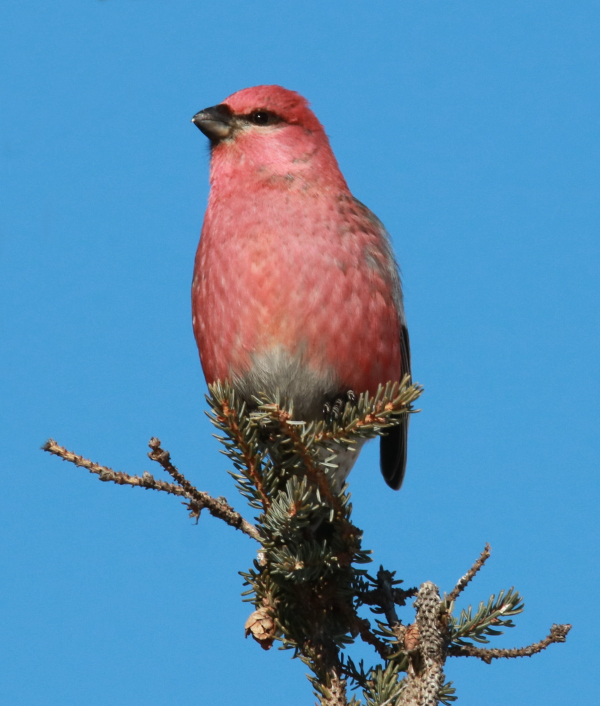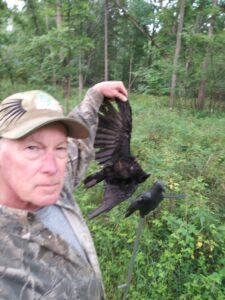March Madness in Michigan
By Glen Wunderlich
Crow hunting in Michigan’s February/March season offers hunters an opportunity to sharpen their wing-shooting skills, while controlling a prime enemy of game birds and song birds alike. Crows are as wary and elusive as any game a hunter can encounter and during late winter, hiding from them can be problematic.
The best cover to be found is among relatively short conifers such as pine or spruce. The evergreens provide good cover from above, which is where crows check out potential danger. Trees that are 20 to 25 feet in height are ideal, because the black bombers tend to come closer to the ground to investigate. Hiding in large timber, on the other hand, produces approaches that are often out of reach, not to mention how the lack of cover typically results in little or no opportunities at the high flyers.
I prefer a full choke or even extra full and stiff loads of #6 shot. Lighter shot results in cripples and should be avoided, unless a particular set-up brings the birds in close – as can be the case in the late summer season.
Electronic callers can be most effective, because the sound can be away from the shooters. We like the motion decoys, as found at crowbusters.com. I used to put out over a dozen of motionless decoys, but found that even a single motion decoy works well in conjunction with the dying crow call or crow in distress. The fighting crow call works to get them coming in, but usually I switch to the distress call of a lone crow. It’s a simple set up and makes toting gear afield easier.
Of course, head to toe camouflage is a must for success and camouflaged shotguns are better than shiny ones.
And, if hunters can remain hidden from the crows’ keen eyesight, it is common to be forced to reload during an all-out attack. There’s no other hunting like it!







